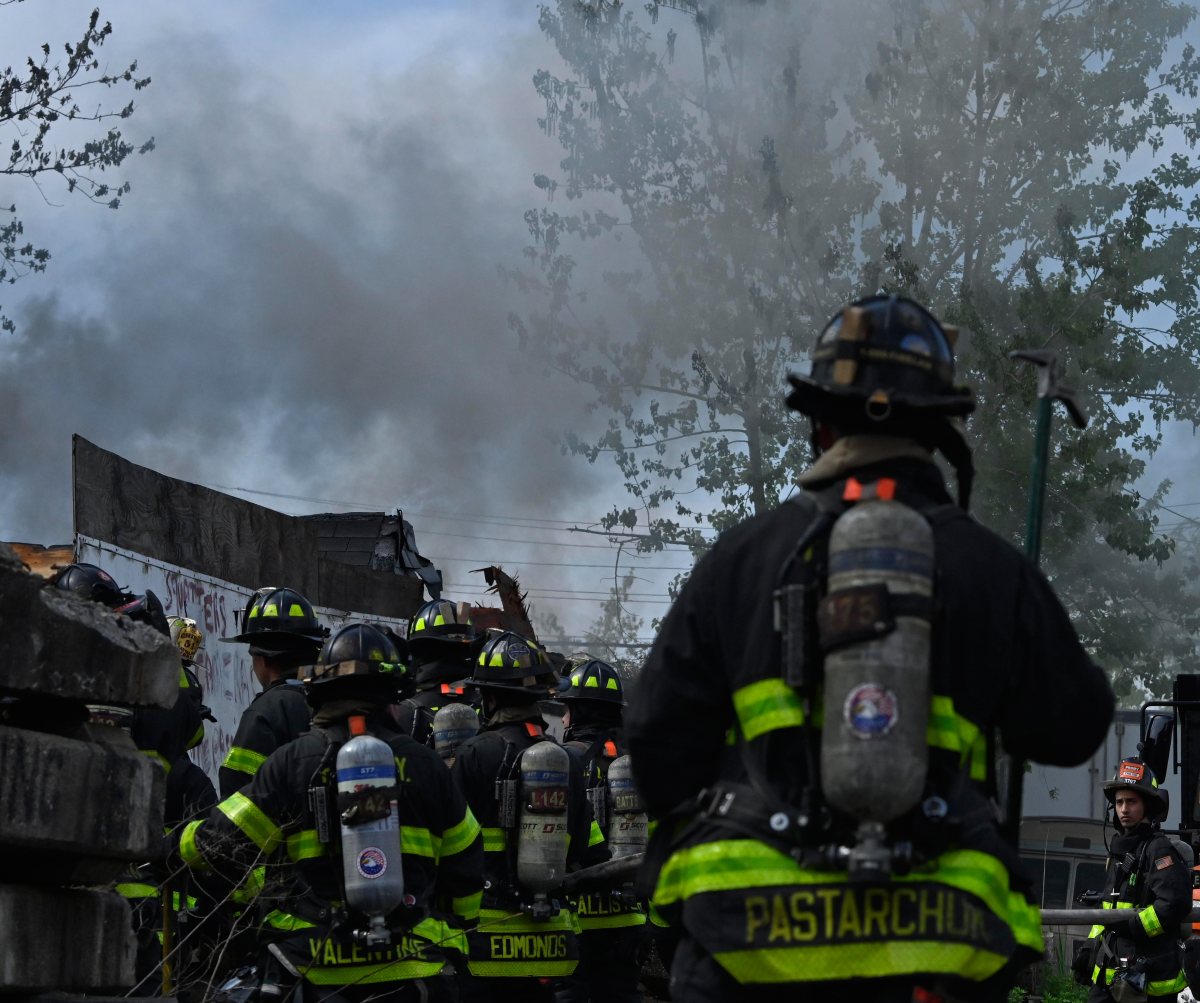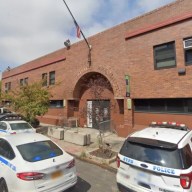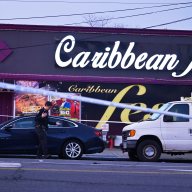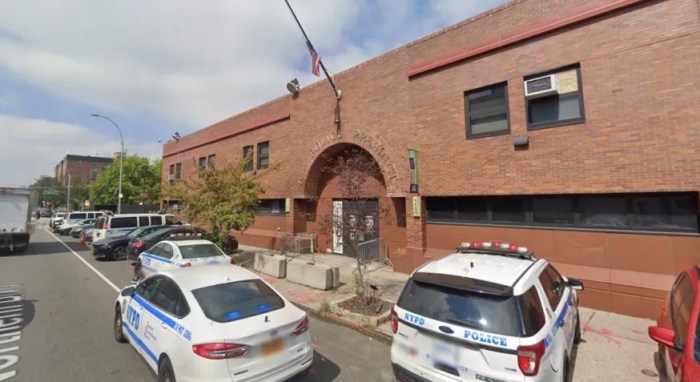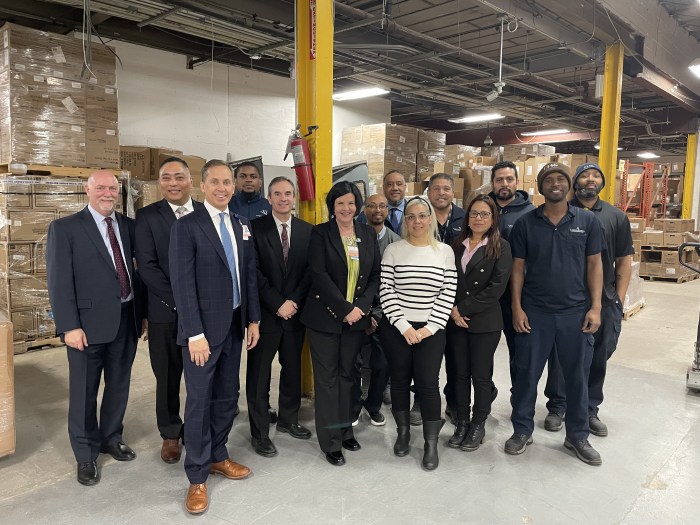Feds To Reduce Radioactive Risk
Dubbed the most radioactive location in New York City, a Ridgewood site that once housed a chemical company earned Superfund status from the U.S. Environmental Protection Agency (EPA), it was announced last Thursday, May 8.
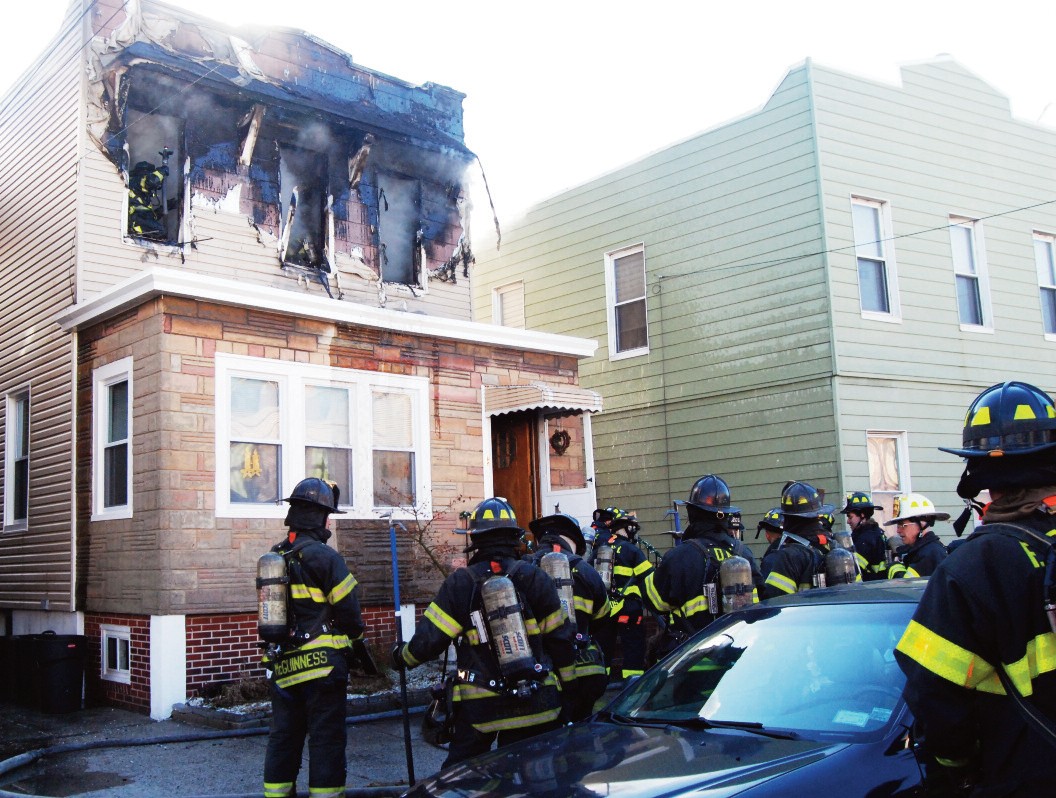
Straddling the Brooklyn/Queens border at 1125-1139 Irving Ave. and 1514 Cooper Ave., the site is now eligible for federal funds to clean up radioactive contamination found in the soil and nearby sewers. Several small businesses-including an auto repair shop and a delicatessen- occupy the location once used by the defunct Wolff-Alport Chemical Company.
While in operation between 1920 and 1954, Wolff-Alport extracted rare earth metals from monazite sand through a process that led to the production of a sludge containing thorium, a radioactive element used during the Atomic Age in the development of nuclear weapons and reactors.
For years, workers dumped the radioactive sludge into nearby sewers, a practice halted in 1947 at the order of the federal Atomic Energy Commission. The agency purchased the thorium sludge for its own purposes for the next seven years until Wolff-Alport shut down in 1954.
Six decades have passed since its closure, but the radioactive reminder of Wolff-Alport’s operations remains present in the soil, sewers and sidewalks near the location, extending to other properties immediately adjacent to the company’s former address.
The contamination was the focus of a New Yorker magazine story and online video published last week titled “The Most Radioactive Place in New York City.”
Though the radiation levels are far below those in nuclear wastelands such as Chernobyl or Fukushima, those exposed to the Wolff-Alport contamination for years-including workers or nearby residents-may face health problems in the years to come, including an elevated risk of certain types of cancer.
In the last several years, the EPA-acting in conjunction with city and state agencies-conducted initial cleanup efforts, and the Superfund declaration will enable the federal agency to take further steps to prevent long-term exposure.
“By placing the Wolff-Alport Chemical Company site on the Superfund list, the EPA can address the contamination to protect people’s health in the long-term,” EPA Regional Administrator Judith Enck said in announcing the Superfund status last Thursday.
The EPA previously took the following measures to reduce the risk of radioactive exposure in and around the Wolff-Alport site:
– A hole in the wall of an unused storage area within nearby I.S. 384 where radioactive gas was detected has since been sealed with concrete. Recent tests found safe levels within the school.
– A mitigation system was installed at the Terra Nova Construction Company, located at 1129 Irving Ave.;
– Shielding material including lead, steel and concrete were placed beneath building floors and the sidewalk.
– A security fence was installed around a vacant contaminated parcel of land adjacent to the former factory and an unused rail spur connecting to the Long Island Rail Road’s Bay Ridge branch.
The EPA will fund further cleanup methods while simultaneously seeking the parties legally responsible for the contamination and holding them responsible for all costs incurred. So far, the EPA spent $2 million in remedial efforts at Wolff- Alport, which joins the Newtown Creek and Gowanus Canal as the city’s active Superfund locations.







